"We can no longer think about solving [resource] issues by tackling one problem at a time," James Mackie, the European Centre for Development Policy Management.
Eighteen million people in the Sahel region face food shortages from a combination of climate change, low productivity, political conflict and soaring prices. These factors, along with an ever-increasing population predicted to reach 9 billion and beyond, will lead to more food and water crises given the increased pressure on already limited resources. Global systems may be approaching ‘tipping points’ warns a recent paper in Nature.
Avoiding such outcomes is a problem for today, not tomorrow, points out an article in The Economist. Add in the uncertainties of climate change and we are in what UK Chief Scientist, Sir John Beddington, called a ‘perfect storm’ of growth in demand, resource scarcity and uncertainty.
The CGIAR Research Program on Water, Land and Ecosystems (WLE) is right in the middle of this storm. One of the main challenges of this program is explaining how our research will help solve these global problems. What type of developmental outcomes will we enable? How will our research bring 300 million of the world’s poor out of poverty and help lessen the effects of droughts, floods and future food crises? The CGIAR Research Programs (CRPs) are designed to have an impact on developmental outcomes. In my view, there are three types of development outcomes we will contribute toward.
A three-pronged approach to surviving the perfect storm…
Intensification
The demand for food is predicted to rise by almost 70% (FAO 2009)[1] from an existing or reduced land area given rising population and changes in dietary preferences. Much more productive use of land and water is needed if we are to meet the competing demands for water to produce food and energy whilst maintaining essential environmental functions. Both types of intensification seem technically feasible. The question then is, how to make them sustainable; through not only greater selectivity but also by embedding them in social and political change that protects the function of the system as a whole, even while part of it surges ahead.
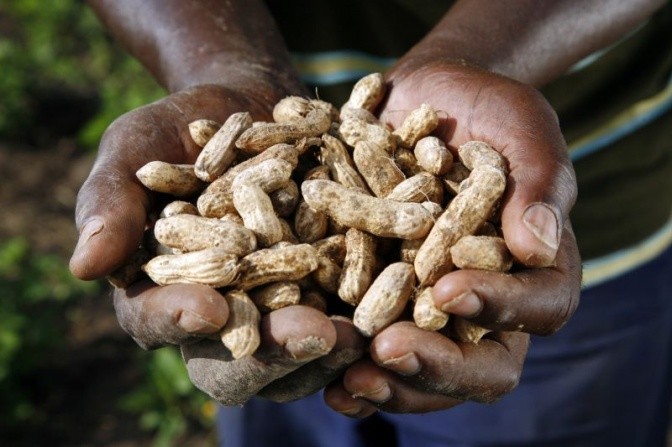 70% more food needs to be produced to meet the rising population of 2050 and beyond.
70% more food needs to be produced to meet the rising population of 2050 and beyond.Photo: David Brazier/IWMI
Better sharing of benefits and risks
Intensification may not be sustainable if it does not respect the system in which it occurs. Sharing of benefits and risks, and the collective use of resources, are essential features of societal development and are key to the sustainable development of landscapes and river basins. This CRP on WLE includes some great examples of benefit sharing, but these, in my view, are just the tip of the iceberg. As the late Elinor Ostrom and others have shown, sharing of benefits and risks take many different forms, using the agency of many different institutions. It seems key to include these at the heart of technically-driven expectations of change, and it is pleasing to see that most research domains in the CRP recognize this through multi-disciplinarity – social and biophysical sciences working together to understand and support change.
Politics
The third type of change is really about politics - the mind-set of people. We are in the middle of a rapidly evolving political discourse and it is our opportunity to engage. The 2009 food crisis showed that perhaps we didn’t understand our situation well enough. Agriculture just wasn’t keeping up with surging global demand and this seemed a surprise to many. At the same time, years of work by researchers now associated with WLE was also showing that a drive for productivity gains had to be considered within the needs of ecosystems which support them - the ‘second Green Revolution’ could not be the same as the first. Here, we have a unique opportunity to ensure that all of these realizations, together with a determination to respond appropriately, are captured by political discourse, without which, action seems likely to be too little, too late.
It seems that this CRP, along with several others, is being formed just in time. We are in a process of defining research activities that will lead to impact on the ground through major development outcomes. Sustainable agriculture was at the core of the CGIAR’s call to action at the Rio+20 Conference. The challenge is to produce more food in a more efficient way while maintaining natural ecosystems. The solutions to achieve this, however, need to not only integrate innovate research but engage the relevant policymakers. Therefore, technical interventions together with strategic partnerships and the right mix of incentives are required to achieve success. If successful, these will help form a new agenda for the CGIAR.
How can the research activities within the Strategic Research Portfolios (SRPs) be defined around these three areas? What are the missing links? What other top-end outcomes can we contribute to?
[1] Food and Agriculture Organization of the United Nations (FAO) 2009. How to Feed the World in 2050. Rome, Italy: Food and Agriculture Organization of the United Nations (FAO) 35p. Issues Brief.



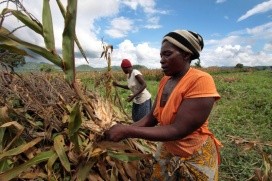
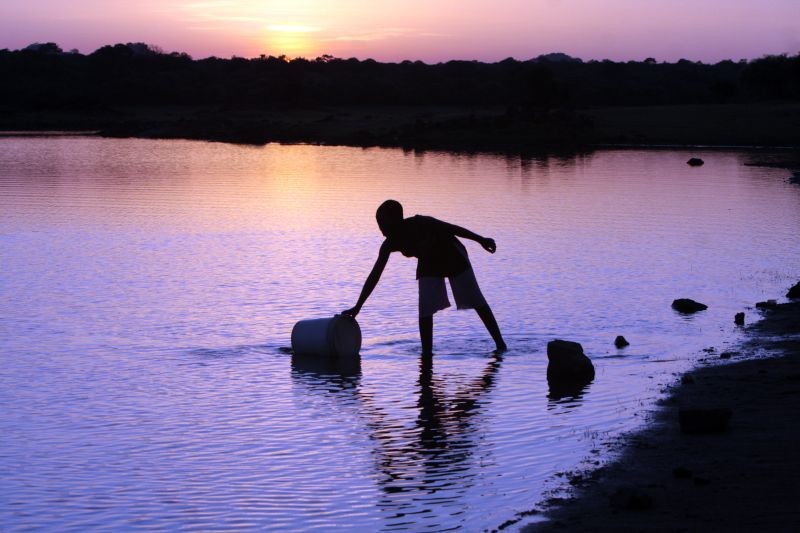
















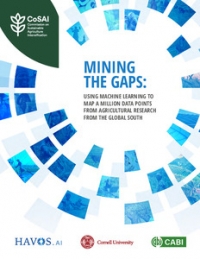
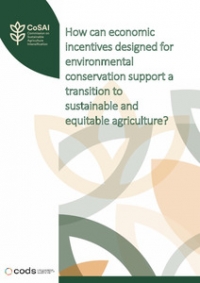
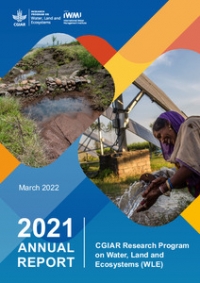
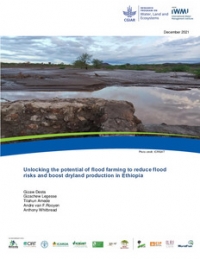
Comments
I was delighted to retrieve on this blog the three main messages from this year's 9-year old CGIAR Challenge Program on Water and Food, namely sustainable intensification, better sharing of benefits and risks, and improved institutional cooperation. These messages do not come out from the blue. These messages build upon the CPWF's core messages and the Basin Focal Project Work
By joining WLE, we bring, with more than 200 partners, our experience of research successfully translated into development outcomes in those three areas. Be it diversification in the Ganges Basin with improved rice yields in the wet seasons as well as off-season opportunities for crops such as sunflowers, public-private partnerships in the Andes that enabled sharing benefits between different water users both improving livelihoods and protecting the environment, or gathering Ministers of the Mekong riparian countries on a dialogue to develop sustainable hydropower, our unique development-oriented experience is what we hope will help WLE have a successful inception.
Of course, the research activities within WLE's Strategic Research Portfolios (SRPs) will work on different elements of these messages. From CPWF's experience it is important to identify specific development issues and bottlenecks in the geographic regions (landscape, river basins, etc) where WLE operates. If research is going to have impact, it will need to engage with partners and actors in specific areas over long periods of time. Development is more messy and complicated than linear research models of dissemination.
For example, improved institutional arrangements to support sustainable intensification will obviously not be same in the Mekong river basin where the massive development of dams for hydropower is a major driver threatening livelihoods of the poor relying upon fisheries, as in the Limpopo river basin where climate change pushes poor communities to innovative ways of developing livestock markets supported by improved rangeland and rainwater management. And of course by doing this, we should never forget whom we work for: the poor and vulnerable. Their improved lives should always remain our central top-end outcome.
We are excited to work with SRP leaders towards these goals and make linkages to our wide network !
Your blog is great. You efforts putting this blog together was worth the while. Congratulations again on a good job Simon.